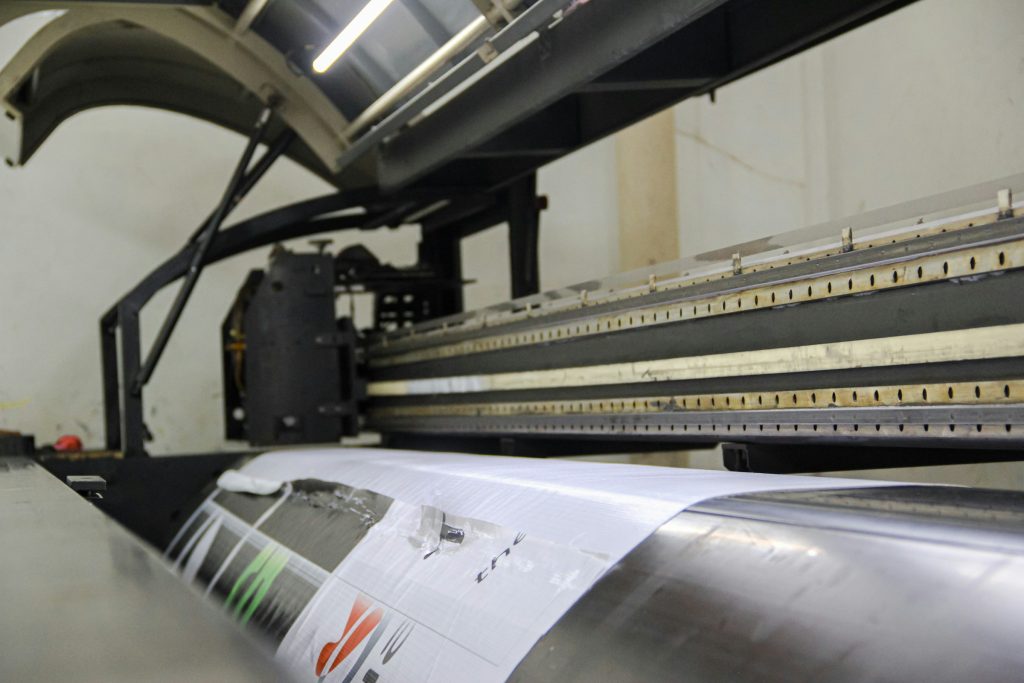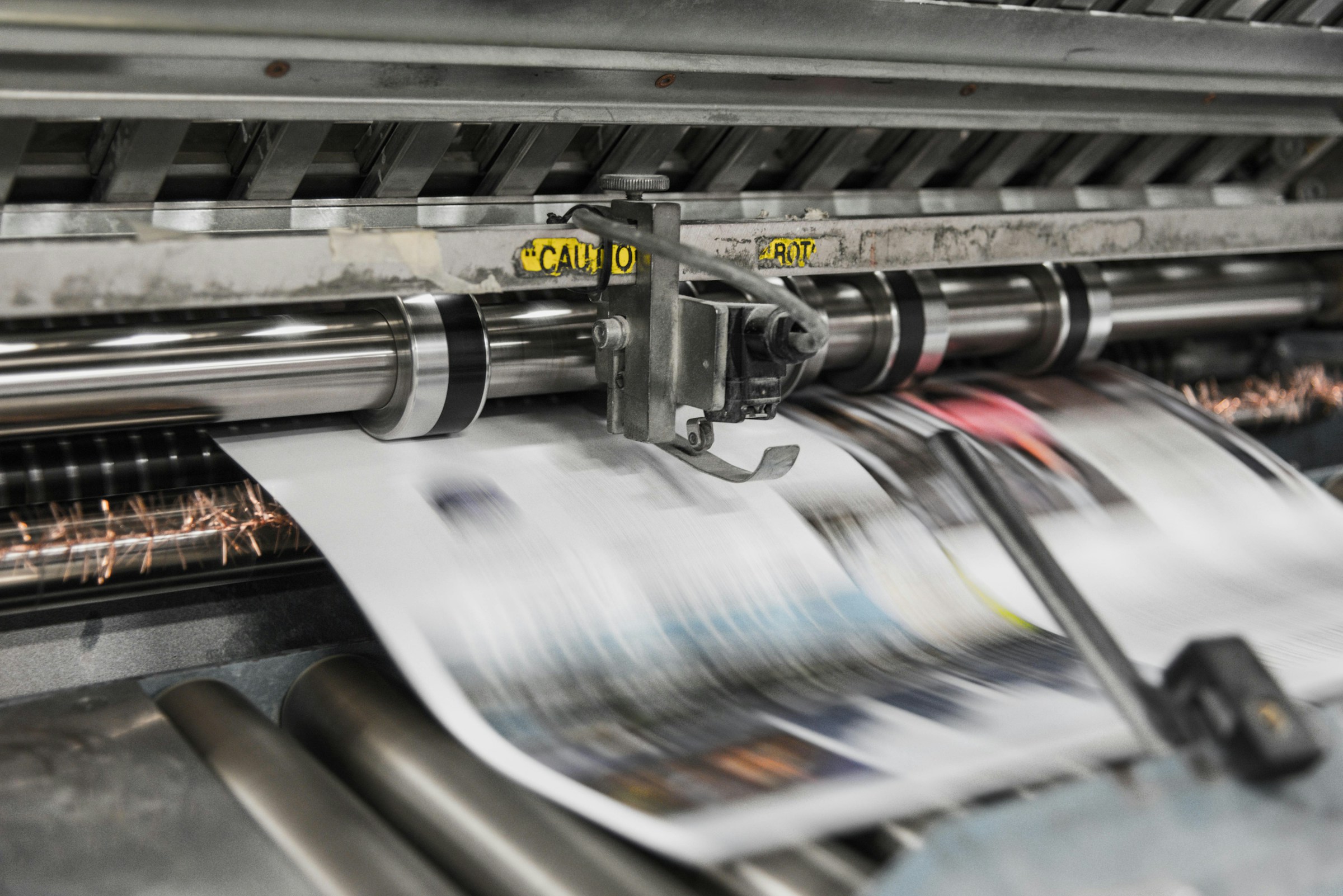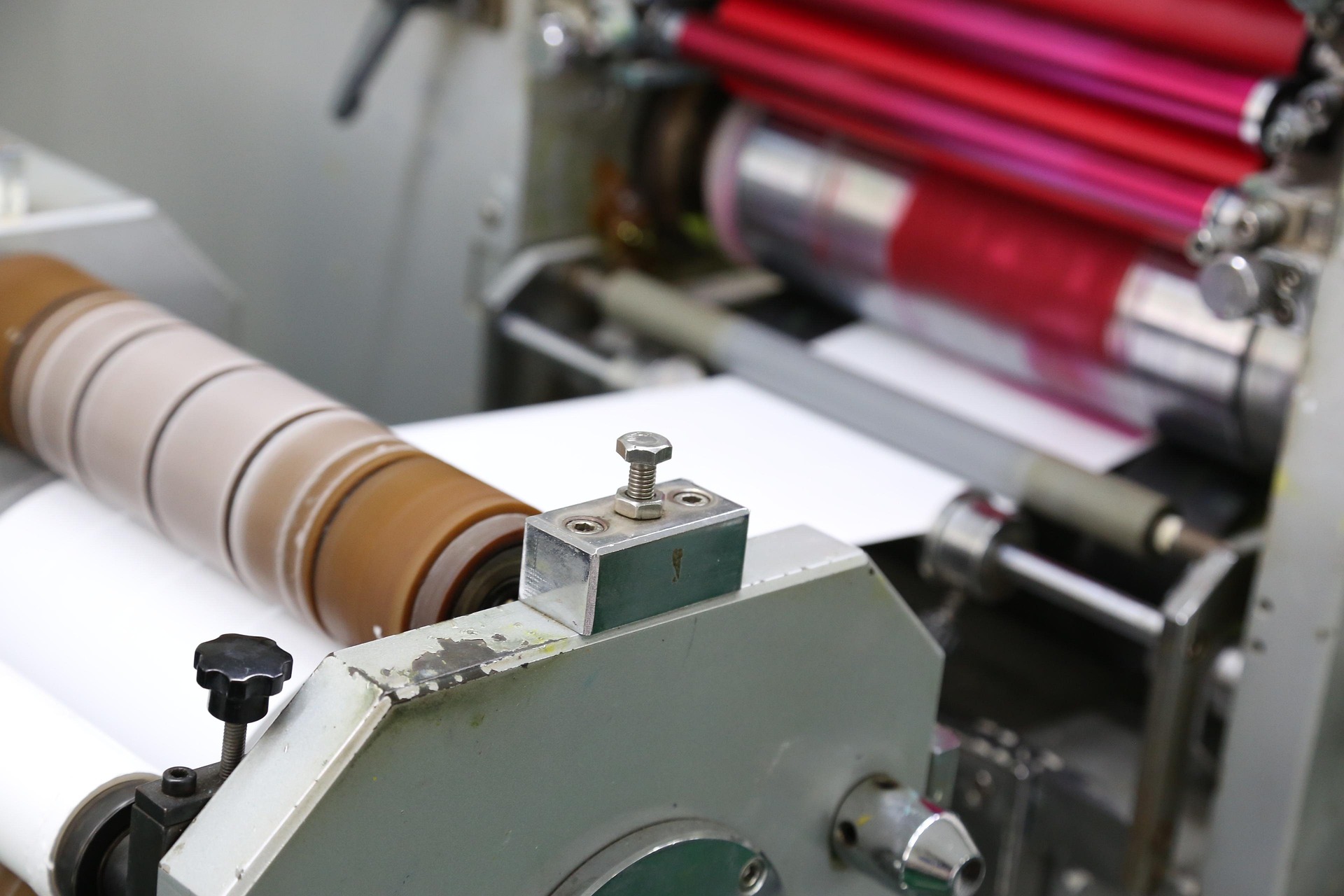Why Printing Services Are Still Relevant in a Digital Age
The transition to a digital existence has transformed many aspects of everyday life, affecting how businesses operate, how people communicate, and even how they consume information. Despite this shift, printing services have maintained their importance in the modern world.
The physical presence of printed materials still holds significant sway for various applications, providing tangible benefits that digital formats cannot replicate. While many question the future of traditional printing in a tech-savvy society, many industries continue to rely on print for marketing, accessibility, and memory preservation.
The Physical vs. Digital Debate
With countless messages bombarding consumers through digital channels, printed materials cut through the noise. Tangibility creates a connection that digital counterparts often lack. Studies suggest that people retain information better when they read from paper as opposed to screens. Printed materials appeal to multiple senses, invoking a sense of ownership and permanence.
Transitioning to digital can create convenience and introduce distractions that can lead to information overload. Printed flyers, brochures, or business cards present information without external stimuli, enabling focus. This quality makes printed content superior for tasks requiring deeper understanding or lasting impressions, such as business promotions or educational materials.
Applications of Printing in Various Industries
Numerous industries leverage printing services to enhance their operations. Educational institutions, for example, use printing for textbooks, scientific papers, and promotional materials. Such printed resources remain critical for students and faculty alike.
Graphics can illustrate complex scientific concepts, while handouts allow for easy dissemination of information in classrooms. With scientific poster printing, researchers can present their findings in a visually engaging manner at conferences or seminars. Posters serve as an effective medium for showcasing intricate details in research, allowing for meaningful discussions with peers.
This aspect of print underscores its role in fostering collaboration and innovation across fields. The retail space benefits immensely from printed promotional materials. Catalogs, posters, and point-of-purchase signage create an immediate connection with customers, drawing them into a shopping experience. These strategies have proven effective in influencing consumer behavior and driving sales.
Credibility Factors in Communication
Crafting a notable presence often involves a blend of both analog and digital strategies. Consumers may perceive businesses that utilize professional printing services as more established and credible. This perception arises from the polished and purposeful nature of well-produced materials. According to research from the 2018 Printers & Publishers Association, a significant portion of consumers trust printed materials over digital platforms.
The presence of physical materials can reinforce brand image and messaging. Printed materials, like brochures or flyers, can display a logo and consistent branding more effectively, helping reinforce the brand’s message in the consumer’s mind. This physical representation should not be underestimated, as it lays the groundwork for a solid connection between consumers and brands.
Print materials offer a tangible reminder of a company’s professionalism and commitment to quality. Businesses that hand out high-quality brochures at events often leave a lasting impression on potential clients. Customers tend to associate physical marketing tools with stability and long-term presence. Companies can showcase attention to detail by investing in visually appealing and informative print pieces.
Environmental Considerations of Print
The printing industry has made strides towards sustainability, emphasizing eco-friendly practices throughout the production process. Innovative techniques such as using recycled paper and vegetable-based inks reduce environmental impact, making print more appealing in an eco-conscious market.
In response to growing concerns, many printing services prioritize eco-friendly materials, ensuring that customers feel confident about their contributions to sustainability. Education about recycling and the responsible disposal of printed materials contributes positively to environmental efforts. As consumers become more informed about environmental impacts, the printing industry can continue to adapt to meet these expectations.
The Future of Printing Services
As the digital world continues to evolve, emerging technologies like 3D printing and digital inkjet printing maintain a growing role in different industries. These advancements allow for unprecedented customization options, increasing the appeal of print in sectors like manufacturing and design.
The ability to produce personalized products on demand ensures that printing remains a contemporary service. Innovations in digital printing address some of the common criticisms associated with traditional methods, particularly those related to speed and cost. Companies can now enjoy short-run printing with high quality at competitive prices.
This flexibility meets the demands of small businesses seeking to market themselves without large upfront investments. Through this hybrid model, the relevance of physical print remains strong. The balance between digital technology and traditional printing methods creates exciting opportunities for communication, branding, and design within various sectors. The blend of digital and physical strategies provides a unique landscape for businesses to explore.
By leveraging the strengths of both media, companies can create distinctive strategies that resonate with their target audience. As print continues to adapt and integrate innovative practices, its role within diverse industries will expand, ensuring that its relevance persists in the future.




